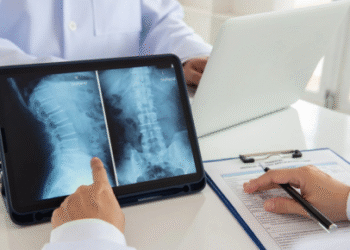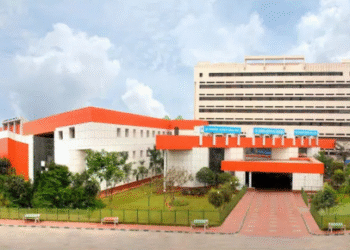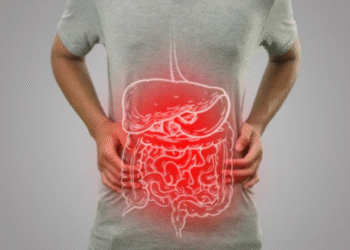Digital radiography detectors have emerged as the foundation of current radiographic techniques. In this ever-changing world of medical imaging, these advanced devices have transformed the way medical personnel record, process, and interpret X-ray pictures. This results in better patient care and more efficient workflows in medical institutions worldwide. Wondering how DR imaging detectors have become the backbone of modern radiography? Let’s find out your answer below.
Emergence of Radiography – How DR Detectors Became an In-Thing?
One must understand the development of radiography to understand what and how DR detectors work. The field of radiology has moved on from classic film-based X-rays to computerised radiography equipment. Now, digital radiography improves the picture quality, processing speed, and overall efficiency.
Now, what are DR detectors? Simply put, they are the most recent improvement in the modern diagnostic sector. Unlike previous devices, these detectors transform X-ray radiation directly into digital data. That way, it removes the need for intermediate stages like film development or CR plate scanning. The direct translation produces near-instantaneous picture availability, drastically minimising the period between image capturing and diagnosis.
How Do DR Detectors Work?
DR detectors are responsible for converting X-ray radiation into digital format. X-rays pass through the patient’s body and then to the scintillator layer in the detector. This converts them into visible light, which is then captured by photodiodes and converted to electrical signals.
The signals are then turned into digital pictures that can be viewed immediately and transmitted over other medical networks. The algorithms in these systems are so advanced that they can recognise the raw image data and enhance the image. Radiographers get a clear and high-contrast image.
What are the Advantages of Digital Radiography?
DR detectors have significantly enhanced medical imaging. They minimise exposure durations and patients are more comfortable. Note that real-time programs also provide instant image inspection and modifications.
In addition, improved analytical tools and fault detection software improve diagnostic accuracy. This makes the detection simpler and easier to detect abnormalities in a patient’s body.
DR systems increase SNR and linearity, giving sharper pictures. Chemical processing is avoided, so it reduces inspection time and environmental impacts. Besides, it also increases productivity and safety in the workplace.
Digital image techniques refine pictures after they are acquired. This offers faster workflow and patient record management through easy data storage.
Modern DR detectors are portable and may be used in emergency or bedside settings. They allow for capturing details in a single exposure, which avoids the need to take several photos. DR systems give quick feedback, which is critical for maintaining the quality of images while reducing retakes. So, these systems offer faster consultation and smoother integration with digital data.
The prime objective of any modern medical technology is to improve patient care. The same goes for DR detectors. Faster picture capture and processing result in a speedier diagnosis.
So, DR Retrofit solutions have become the best tool in radiography. The decreased demand for retakes results in less exposure to radiation and a more pleasant patient experience. With technology evolving at lightning speed, these detectors will soon reshape the future of diagnostic radiology.

















